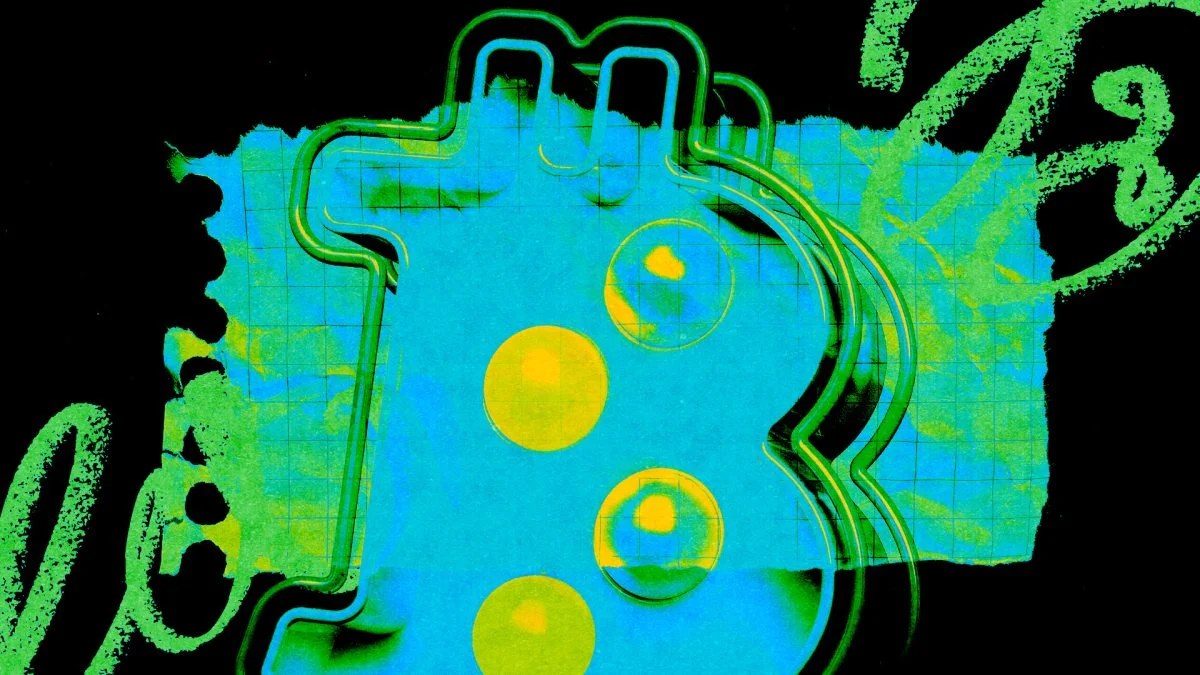Bitcoin’s next halving event is now just one week or approximately 1,000 blocks away, according to The Block’s Bitcoin Halving Countdown page.
The estimated countdown is based on Bitcoin’s average block generation time of 10 minutes, setting a potential date of April 20 at around 9 a.m. UTC (5 a.m. ET), to reach the next halving block height of 840,000, as things stand. Bitcoin’s next halving event will see the subsidy reward for miners on the network drop from 6.25 BTC to 3.125 BTC per block.
Bitcoin halvings are programmed to occur automatically every 210,000 blocks — roughly every four years. Once a halving event occurs, miners receive 50% fewer bitcoins as a subsidy reward for every block of transactions they mine and add to the blockchain. However, they continue to earn additional transaction fee rewards for each block mined as normal.
There have been three halving events in Bitcoin’s history, reducing its block subsidy inflation from 50 BTC to 25 BTC in 2012, then to 12.5 BTC in 2016 and 6.25 BTC at the last halving on May 11, 2020. In the long term, there will only ever be 21 million bitcoins in existence.
The halving events will continue until the last bitcoin is expected to be mined around the year 2140. After this, miners will only earn from transaction fees.
Bitcoin mining difficulty hits all-time high in final adjustment before the halving
Bitcoin mining difficulty rose 3.9% this week to hit a new all-time high in the final adjustment ahead of the halving as miners appear to ramp up their hash rate in preparation for the block subsidy reward drop.
Bitcoin mining difficulty measures how hard it is to mine a new block, adjusting every 2016 blocks — roughly two weeks — to ensure that, on average, a new block is found every 10 minutes, regardless of how many miners are actively mining. The higher the difficulty, the more computational power a miner needs to find the next block.
Bitcoin’s hash rate, which measures the total computational power dedicated to the network by miners, reached a new seven-day moving average all-time high of 629.75 EH/s ahead of the difficulty adjustment on Wednesday, according to The Block’s data dashboard.
While miner revenues have also risen this year amid the increase in bitcoin’s price, it remains to be seen the extent of the impact the halving has on less efficient mining operations and, hence, the overall network metrics following the drop in subsidy.

